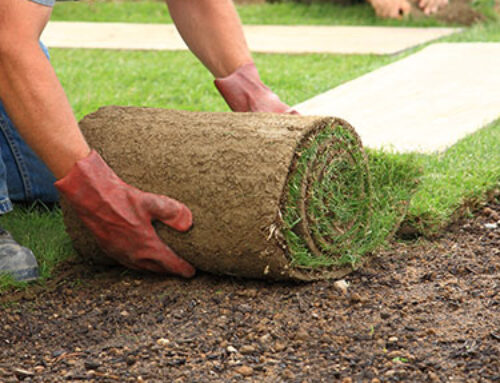Florida lawns are subject to many environmental stresses. These can include nutrient deficiency, salinity and cold temperatures, as well as prolonged exposure to shade, drought or traffic.
Environmental stress can best be managed in two ways.
A first step is selecting the most stress-tolerant species or cultivar for a given region of the state. The use of proper cultural and management practices will also help keep your lawn healthy, sometimes even despite environmental stress.
Carbohydrates
Carbohydrates accumulate in a plant through the process of photosynthesis. Photosynthesis allows plants to convert sunlight into energy. This energy is either immediately used by the plant or stored for future use. An ample supply of energy stored in the grass plant as carbohydrates will help a lawn to grow and remain healthy. Carbohydrates are also vital in your lawns recovery from stress.
The following practices can help a lawn to maintain sufficient stores of carbohydrates:
- Fertilize appropriately.
- Mow at highest possible height.
- Reduce environmental stresses.
The Root System
Maximum root growth enhances a lawn’s ability to tolerate stress. A deep, vigorous root system is better able to reach adequate water and nutrients, even when the soil is dry. Grass with maximum root growth will maintain a larger supply of carbohydrates to help with recovery from stress. To help your lawn achieve maximum root growth, use the following management practices:
- Fertilize appropriately.
- Mow at highest possible height.
- Irrigate Properly
Potassium and Phosphorus
Other nutrients also influence stress tolerance in lawns. Potassium (K) has been shown to alleviate stress, including the effects of cold temperatures, drought, and traffic. An autumn application of K on your lawn will encourage earlier and faster spring green-up.
Phosphorus (P) can aid and quicken root growth for a lawn, especially a newly established lawn. In Florida, however, a state rule that became effective Dec 31, 2007, sets maximum rates for application of P to lawns. The rule — designed to protect water quality in Florida — limits individual applications on lawns to ¼ pound P per 1,000 square feet. The rule also limits to no more than ½ pound P per 1,000 square feet the total P that can be lawfully applied annually on a lawn. During the establishment of a lawn, however, the rule allows a one-time application of up to 1 pound of P per 1,000 square feet .
For professional residential or commercial lawn care maintenance in St Johns County, Julington Creek Plantation, Durbin Creek, Nocatee. and surrounding communities. Call or contact us today.
The preceding information provided for informational purposes. Experts courtesy of: UF/IFAS. “Environmental Stresses and Your Florida Lawn“; L.E. Trenholm; Photo Courtesy: flickr.com; roger4336




